Is Tomato Good for Health? The Real Winner Might Be Tomato Sauce
When it comes to versatile, nutrient-packed foods, tomatoes often top the list. Juicy, vibrant, and beloved in salads, sandwiches, and snacks, they’ve earned their reputation as a healthy staple. But there’s a form of tomato that delivers even more concentrated benefits—one that transforms this humble fruit into a culinary and nutritional powerhouse: tomato sauce. Let's start by exploring why fresh tomatoes are important for one's health, and then dive into why ketchup deserves to be a real focus of your healthy diet.
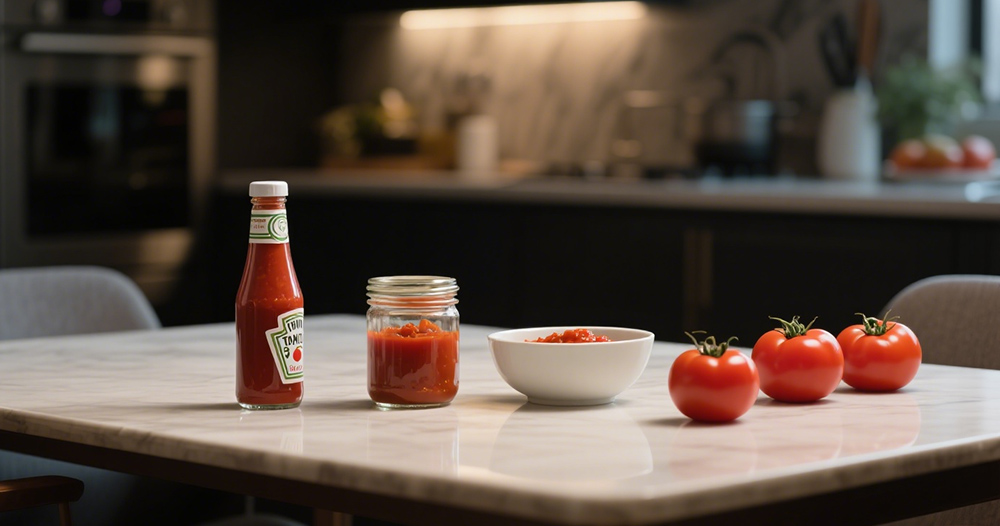
Why Fresh Tomatoes Are a Healthy Choice
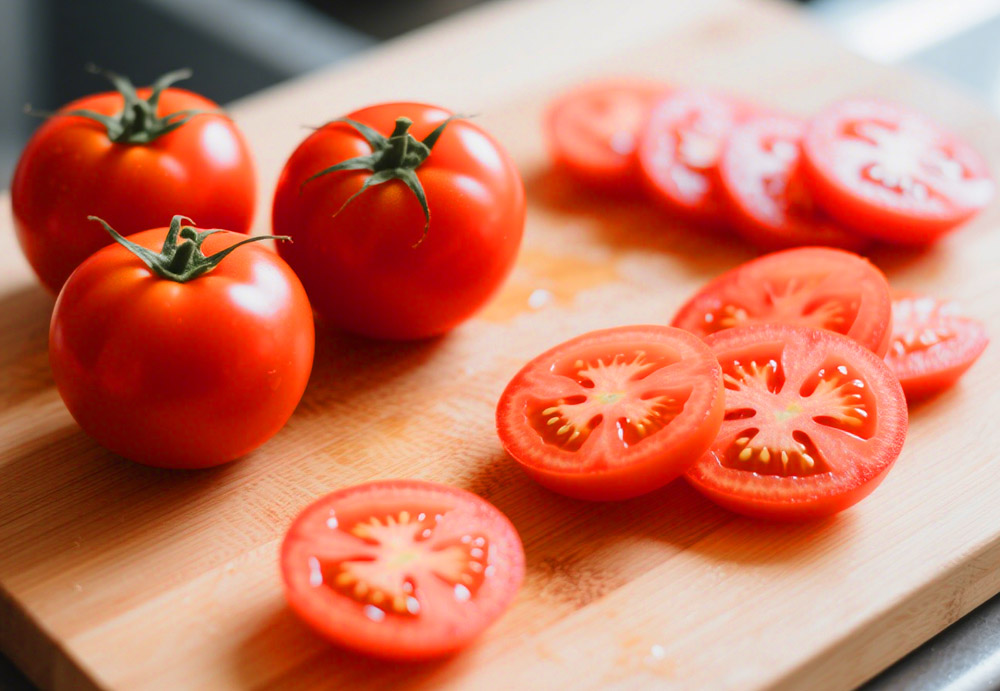
Before we turn to sauce, let’s acknowledge the foundation: fresh tomatoes. These ruby-red gems are nutritional all-stars in their own right. Bite into a ripe tomato, and you’re getting a generous dose of vitamin C—enough in one medium tomato to cover about 28% of your daily needs. This antioxidant boosts immune function, helps repair tissue, and keeps skin glowing by aiding collagen production.
Tomatoes also provide potassium, a mineral that supports heart health by balancing sodium levels and regulating blood pressure. Their fiber content, though modest, aids digestion and helps you feel full, making them a smart pick for weight management. But the most notable nutrient is lycopene, the carotenoid responsible for their rich color. Studies link lycopene to reduced risks of heart disease and certain cancers, from prostate to lung cancer. Here’s the catch: your body absorbs lycopene far better when tomatoes are cooked. That’s where tomato sauce steps in, turning a good food into something even greater.
Fresh tomatoes have their place, of course. They’re perfect for adding crunch to salads or a burst of juiciness to burgers. But when it comes to maximizing their nutritional impact, cooking them into sauce unlocks their full potential—a fact that makes tomato sauce far more than just a condiment.
How Tomato Sauce Compares to Fresh Tomatoes
While fresh tomatoes and tomato sauce share a common origin, their nutritional profiles shift dramatically once heat enters the equation. Let’s break down the key differences without getting bogged down in numbers.

First, consider concentration. Cooking tomatoes into sauce removes much of their water, leaving behind a dense mix of nutrients. Lycopene, that star antioxidant, becomes far more abundant in sauce form. The cooking process breaks down the tomato’s cell walls, making lycopene easier for your body to absorb—so even a small serving of sauce delivers a more potent dose than a raw tomato.
Vitamin content tells a different story. Fresh tomatoes are rich in vitamin C, a nutrient that’s sensitive to heat. Sauce retains some vitamin C, but not as much as the raw fruit. It’s a trade-off: you lose a bit of vitamin C but gain a big boost in lycopene, which offers long-term benefits for heart and cellular health.
Fiber is another area of contrast. Fresh tomatoes have a satisfying crunch thanks to their fiber, which aids digestion. When made into sauce, some fiber is lost—especially in commercial versions, where straining creates a smoother texture. But homemade sauce, which often keeps more pulp, retains more of this valuable nutrient.
The biggest difference, though, lies in additives. Fresh tomatoes are pure: no sugar, no salt, no preservatives. Commercial tomato sauce, however, often includes added sugar to balance acidity and sodium to enhance flavor and extend shelf life—additions you’ll never find in a fresh tomato. This makes the choice between fresh and sauce less about “better or worse” and more about how you prepare and consume them.
How to Make Tomato Sauce: A Nutritional Powerhouse
Making tomato sauce at home isn’t just about avoiding additives—it’s about creating a nutrient-dense staple that elevates any meal. The process is simpler than you might think, and the result is a sauce that celebrates tomatoes in their purest form.
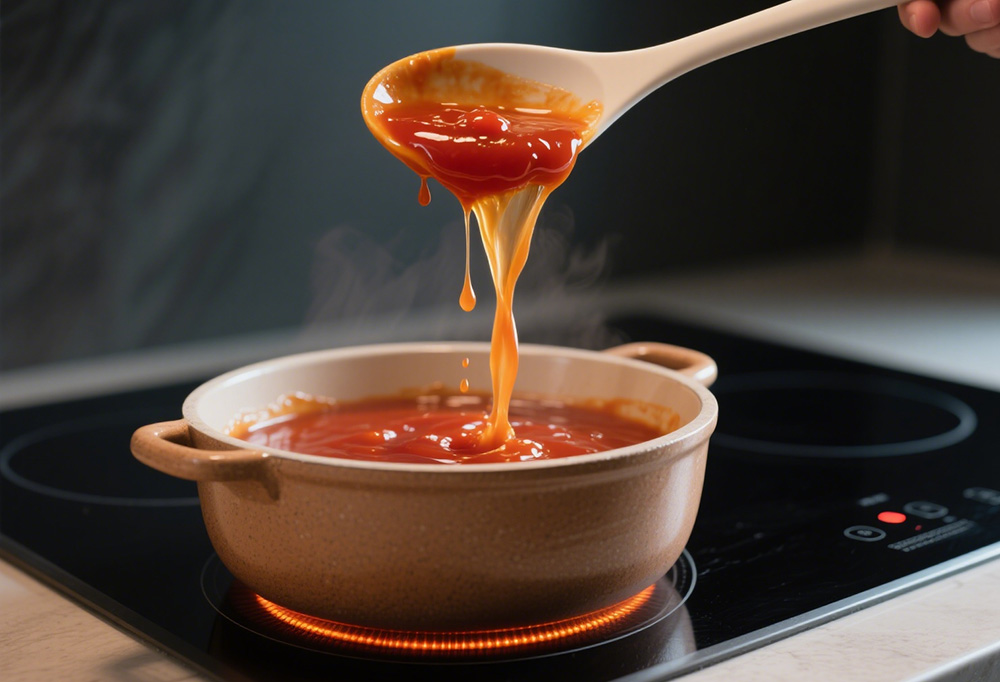
Start with ripe, in-season tomatoes. Look for ones that feel heavy for their size and smell sweet—these will need no added sugar. San Marzano tomatoes are a favorite for their low acidity, but any ripe variety works. Wash them, core them, and cut into chunks (no need to peel unless you prefer a silkier texture). For extra depth, roast the tomatoes first: spread them on a baking sheet with a drizzle of olive oil, garlic cloves, and a handful of fresh basil or oregano. Roast at 400°F (200°C) for 30 minutes until soft and slightly caramelized—this step brings out natural sweetness, so you won’t miss the sugar.
Transfer the roasted tomatoes and herbs to a pot, add a pinch of black pepper, and simmer gently for 45 minutes. Stir occasionally as the mixture thickens, letting the flavors meld. Unlike industrial processing, which uses high heat to rush production, slow simmering preserves more nutrients. The olive oil in the recipe does more than add flavor—it helps your body absorb fat-soluble nutrients like lycopene, making the sauce even more beneficial.
Once thickened, blend until smooth (or leave chunky for texture). What you’ll have is a sauce that’s 100% tomato goodness: no added sugars, no excess sodium, just concentrated nutrients and rich flavor. It’s a far cry from the processed versions on store shelves—and your body will notice the difference.
Homemade vs. Industrial Tomato Sauce: A Nutritional Gap
Industrial tomato sauce, made with high-speed sauce filling machines and mass-production techniques, prioritizes shelf life and consistency over nutrition. Here’s how it stacks up against homemade versions.
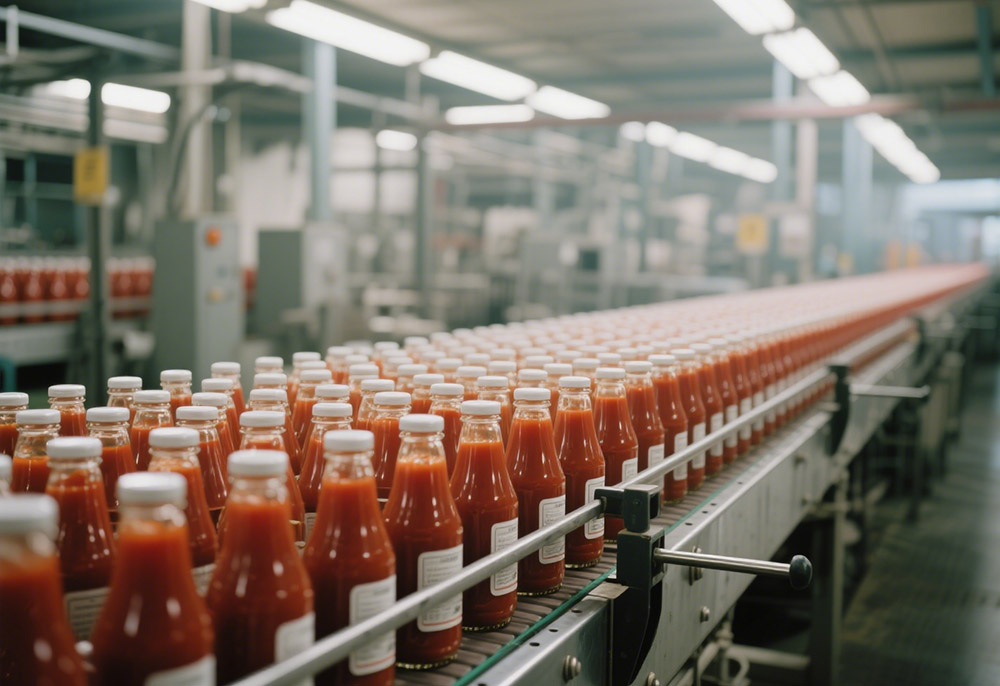
Industrial sauce starts with tomatoes, but not always the ripest or highest-quality ones. Manufacturers often use underripe tomatoes, which are firmer for shipping and processing, then add sugar to mask their tartness. The tomatoes undergo intense heat treatment to kill bacteria and extend shelf life—but this high heat damages sensitive nutrients, reducing the bioavailability of lycopene and breaking down vitamins like B6 and E.
Additives are another issue. To achieve a uniform texture, industrial sauces often include thickeners like modified food starch, which dilute nutritional value. Sodium levels soar too—used as both a preservative and flavor enhancer, it’s common to find more sodium in a half-cup of store-bought sauce than in a serving of potato chips. Artificial flavors and colorants sometimes make an appearance, too, to replace what’s lost in processing.
Homemade sauce, by contrast, keeps it simple. The gentle cooking preserves nutrients, and the inclusion of olive oil adds heart-healthy monounsaturated fats. There’s no need for sugar, as ripe tomatoes provide natural sweetness, and fiber stays intact thanks to retained pulp. The result is a sauce that’s not just a condiment but a nutrient-dense addition to meals—one that delivers more of tomatoes’ benefits in every bite.
Shelf Life of Tomato Sauce? Storage Tips
Proper storage ensures your tomato sauce stays fresh and nutritious, whether homemade or store-bought.
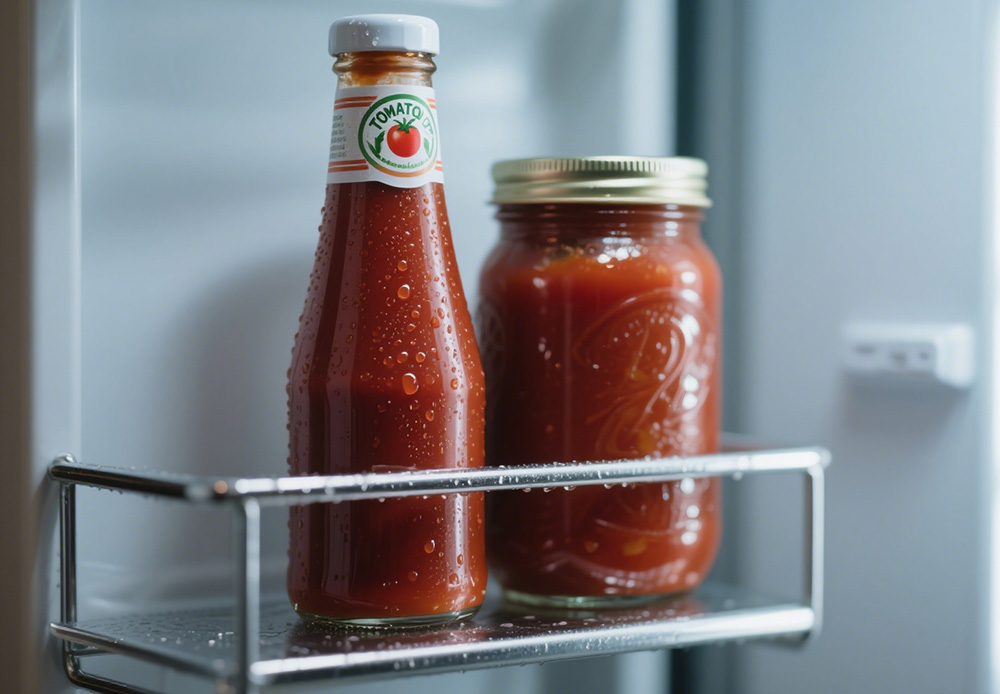
For homemade sauce:
• Refrigerate in an airtight container for up to 7 days. The flavor will deepen over time, but keep an eye out for mold or an off smell—signs it’s gone bad.
• Freeze for longer storage: portion into ice cube trays for single-serving use, or store in freezer bags for up to 6 months. Thaw in the fridge overnight to preserve texture.
• Canning is another option for shelf stability. Follow safe canning practices (using a water bath) to extend shelf life to 1 year—just add a splash of lemon juice to ensure acidity, which prevents bacterial growth.
For store-bought sauce:
• Unopened jars last 12–18 months past the “best by” date in a cool, dark pantry. Heat and light can speed up spoilage, so avoid storing near the stove.
• Once opened, refrigerate in a covered container for 5–10 days. The high sodium content slows spoilage, but discard if you see mold or notice a metallic taste.
No matter the type, always check for signs of spoilage: discoloration, sliminess, or a sour smell mean it’s time to toss it.
Tomatoes are undeniably healthy, but tomato sauce—when made at home—unlocks their full potential. It’s a convenient way to pack lycopene, fiber, and antioxidants into daily meals, from pasta and chili to roasted veggies and eggs. By skipping industrial versions loaded with sugar and salt, you turn a simple ingredient into a nutritional powerhouse.
So, is tomato good for health? Absolutely. But when it comes to maximizing their benefits, tomato sauce takes center stage. It’s a testament to how cooking can transform food—enhancing its goodness while making it even more versatile. Whether you’re a seasoned cook or new to homemade sauces, giving it a try is a small step toward a healthier diet. Your taste buds—and your body—will thank you.
